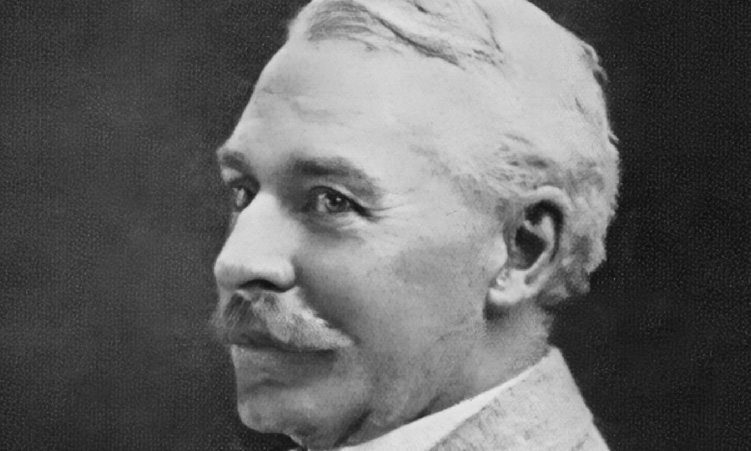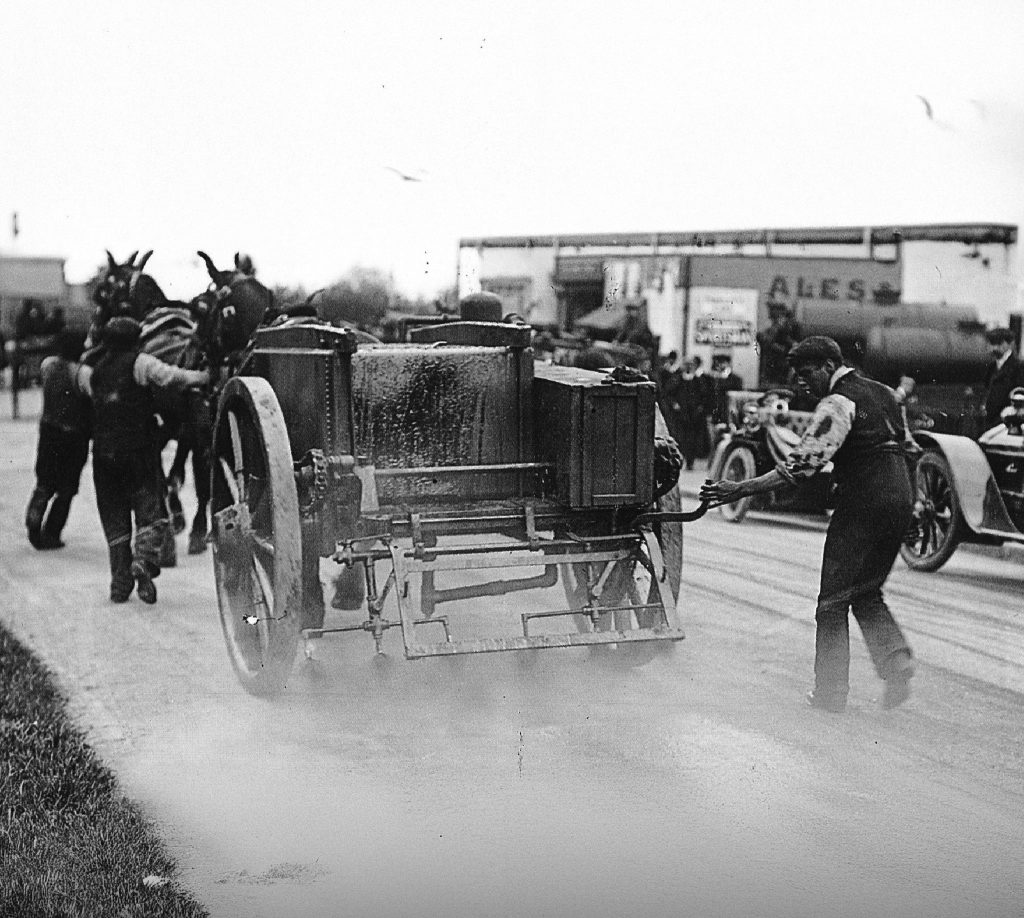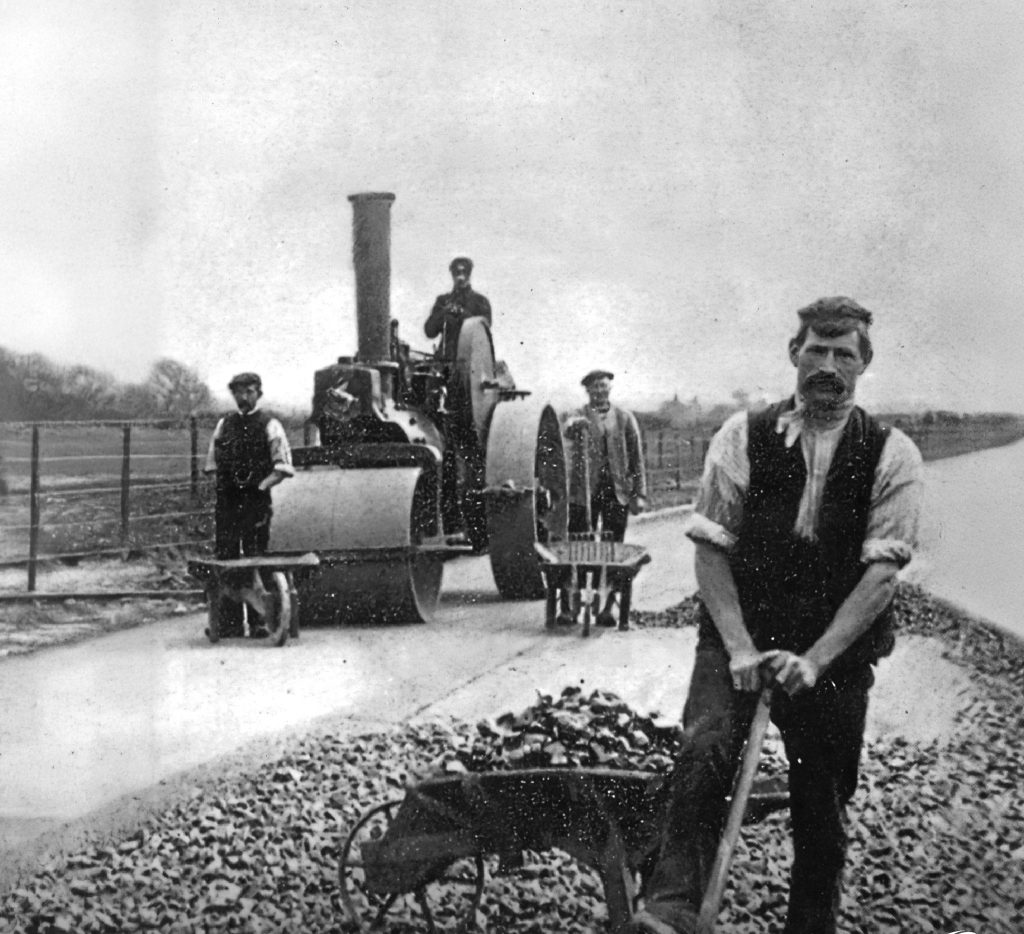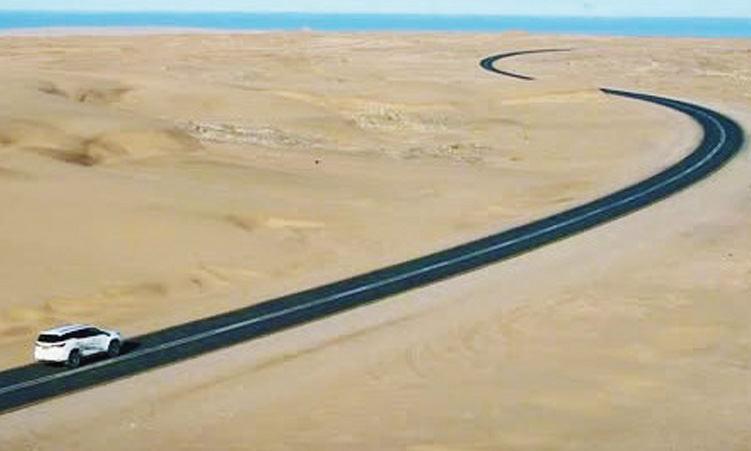Namibia is known for its fine network of gravel and tar roads. And as much as I enjoy the gravel, the tarred roads make travel easy and give us the opportunity to appreciate the landscape around us.
This got me thinking and led me on a journey to find out just how tarmac came about.
I was astonished to read that it was a random event that led Edgar Hooley to discover the secret combination that influenced the way most roads have been surfaced ever since.
The discovery of tarmac changed the way we could travel and in so doing changed the way of the world, paving the way for the future.
Tar had already been used long ago to seal sailing ships, and Scottish engineer John McAdam had already used macadam (crushed stone and sand) on roads in the 1820s, but they generated dust and were prone to developing ruts.
Methods to stabilise the macadam surfaces were developed by placing a layer of macadam over tar and then sealing it with a mixture of sand and tar.

One of these methods called ‘lava stone’ was patented by John Cassell in 1834.
But it was only in 1901 when a barrel of tar tipped onto a stretch of road near an ironworks and waste slag (a byproduct from melting iron) from the nearby furnaces was poured onto it to cover the spillage, that the next step in road surfacing would unfold.
Welsh inventor Hooley happened to be on a walk in Denby, Derbyshire, when he noticed the smooth strip of road and enquired about it.
He saw how the unintended mixture had solidified the road and had provided the perfect combination to solve the problems of dust and ruts. In 1902 he patented ‘tarmac’, mechanically mixing tar (adding a little Portland cement, resin and pitch to it) and aggregate (sand, crushed stone and gravel) before laying it down and then compacting it with a steamroller. In 1903 he had perfected the method and formed ‘Tar Macadam Syndicate Ltd’, registering ‘tarmac’ as a trademark. Radcliffe Road in Nottingham became the world’s first tarmac road. The dusty London roads would soon be transformed and tarmac roads would extend across the globe, making transport and travelling much easier.
Later on, when there was an increase in petroleum production, the byproduct bitumen replaced the coal tar.
The macadam process became obsolete because of the manual labour required, although the similar tar and chip method (chipseal or BST – bituminous surface treatment) is still in use.
Tarred roads are now commonplace all over the world. It makes me think of our Namibian roads that run through the desert, like the old Baaiweg from Aus to Lüderitz which used to be an arduous track that took three days to traverse by ox-wagon. Today it is a good tar road and it takes an hour to reach the coast. We are now able to cruise along, enjoying the change in scenery as we drive into the rocky arms of the Namib Desert.
It also makes me wonder how many so-called inventions happened by chance when a random event inadvertently changed history.


Stay informed with The Namibian – your source for credible journalism. Get in-depth reporting and opinions for
only N$85 a month. Invest in journalism, invest in democracy –
Subscribe Now!










